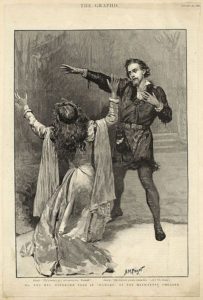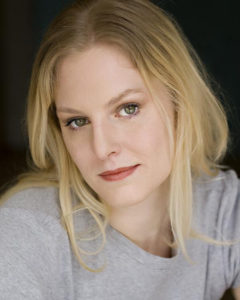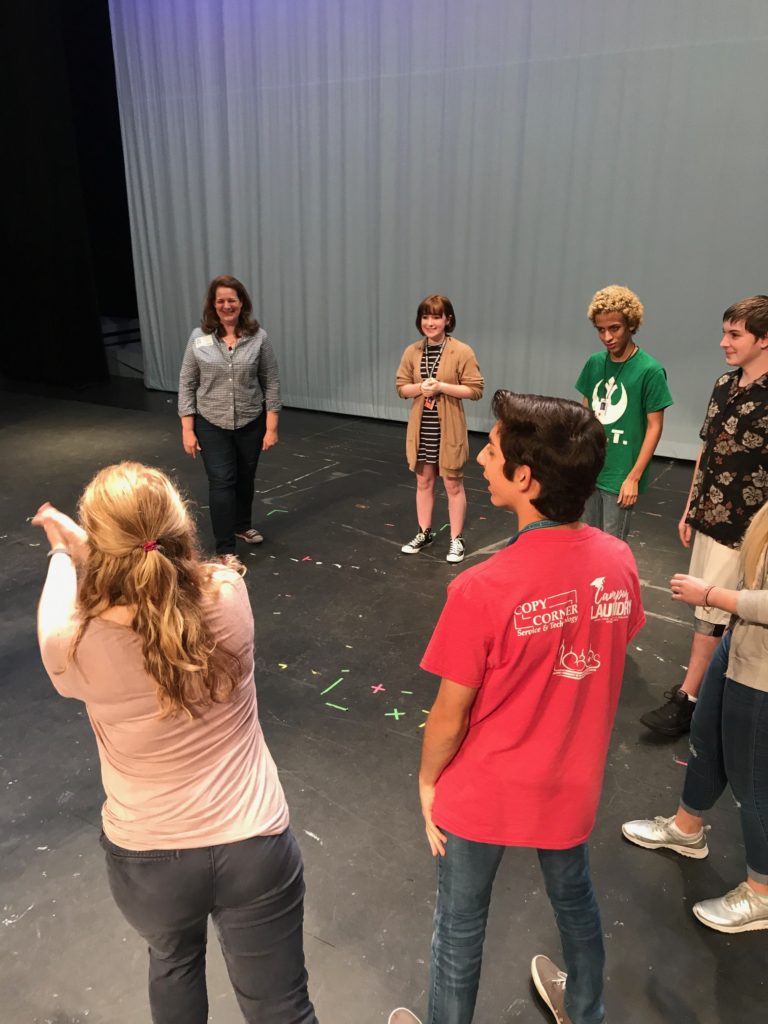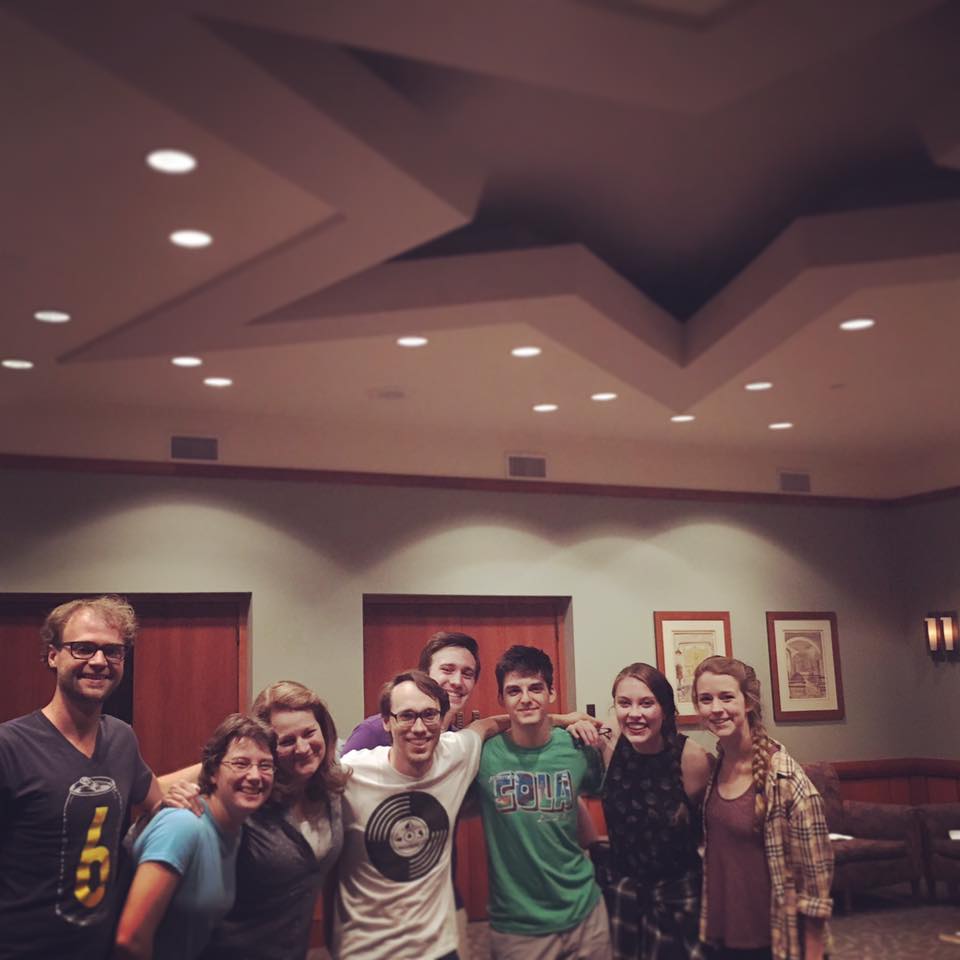First, a preface to assure you, present day actor(s), that I am not here to bag on you. The work we do is challenging, and it requires years of training and practice to do it well. That being said…
Compared to Victorian-era American actors, we are a bunch of coddled sissypantses. I mean, we have like, zero problems.
Let’s start with the basics. Theatres are air conditioned now, so no matter how heavy or layered or velvety your costume is, you’re probably not going to get heatstroke, and the relative ease with which your stage apparel can be cleaned ensures that you won’t have to give your soliloquy smelling like a steaming pile of old onions scraped from a mustard-soaked cheeseburger. Back then; especially in the sultry southern summers that Booth and company tended to perform in, I’m convinced audiences could smell the drama.

Also, right out of the gate, electric boards and modern mechanics put light and sound cues – as well as set changes – right at a single operator’s fingertips. The fly system is more often automated than not, unlike the good ol’days, when they were operated with little more than a wooden block with a hook on it (to mark future cues) and a whole lotta elbow grease. And as much of a stressed-out hard-ass your stage manager can be, chances are that during the show they calmly whisper cues into their headset whilst backstage. Not so in Booth’s time, when a Prompter literally called the shots in full view of the audience, using bells and whistles to signal cues (which, incidentally, is why there are superstitions that warn against whistling in a theatre – because back in the day an unassuming actor with Ode To Joy stuck in his head could throw off an entire show).
All technology aside, let’s move on to the work itself. Dramatic gesture is, by far, one of the biggest challenges I’ve encountered as an actor. Period. Not only is it moderately physically demanding (I’m pretty sure even the most fragile Victorian performer could do waaaaay more push-ups than I can – one reason being that I live on quinoa salad and Fiji water vs. squirrel meat and whiskey), the movement vocabulary requires you to fuse action and text in a way that can feel completely antithetical to modern acting. In fact, my early days at The University of Texas were largely spent calming down my “loud hands and arms”, which lead to a condition known as “Not Having Any Fucking Idea What To Do With My Hands Onstage”, which gave way to “Frankenstein Shoulders” and “Balled-Up Fists In Pockets Syndrome”.

The smaller physical presence I developed was perfect for the work of Mamet or Rabe or LaBute, and indeed I have spent the past seven or so years steeped in onstage realism, where I barely lifted an arm except to throw up a scathing middle finger every so often. But that’s not going to cut it for Booth’s Richard. Grand, sweeping, graceful and expressive, the movement feels like an entirely new language – and when learning any new language, there are going to be points where you know what you want to say, but dammit all if you can’t think of the right way to say it. And no matter how many hours I wave my hands around in front of my mirror, I still have these moments in rehearsal where I freeze and crumble like I’ve been doused in liquid nitrogen and hit with a hammer.
Furthermore, while Shakespeare is often performed in the park, his text (made at times further confounding by Cibber’s adaptation) is certainly not a walk there – especially for someone who has been working with text that is one hundred percent identical to modern conversation (down to the “Uhs”, “Like, yeahs”, “Whatevers” and the Thoughtful Ellipsis). So I have had to undergo crash test (dummy) sessions of scansion and decoding so that I know exactly what the hell it is that I’m even saying (and so I can say it properly) and that shit is hard, y’all. If you don’t brush up your Shakespeare on the reg, it rusts right out. It’s not like riding a bike, that’s for sure. More like riding a unicycle while juggling flaming chainsaws.

Luckily, for the last five weeks, I have been in a room with the tough-as-nails (not to mention ridicusmart) team of actors at The Hidden Room under the astute tutelage of one Beth Burns, who, along with the rest of the fine folks in the cast, have made a process that could be as bleak and demanding as boot camp into a daily gathering of good people, good work and good fun. The challenges of Booth’s Richard are always countered by a room full of laughter, support and love, and no matter what, I know I am going to come out the other side of this show a much stronger, better and faster actor – and maybe a little less of a sissypants.





